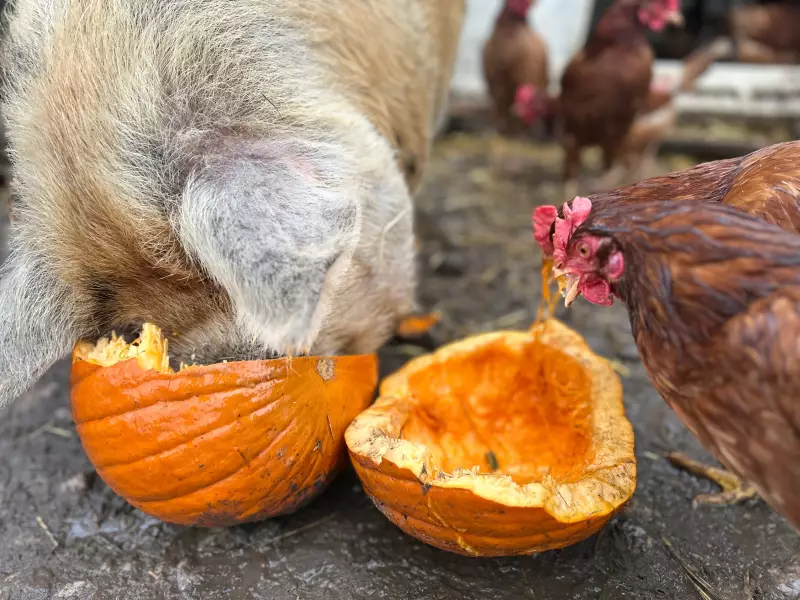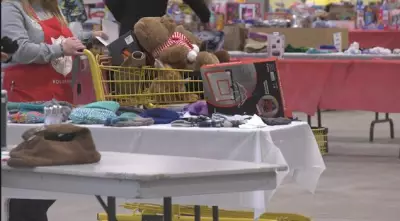
As the spooky season wraps up across Ontario, thousands of carved jack-o'-lanterns face their inevitable fate. But instead of ending up in landfills, these seasonal decorations are finding new purpose as gourmet meals for grateful residents of local animal sanctuaries.
The Great Pumpkin Rescue Initiative
Animal rescue organizations throughout the province are encouraging residents to donate their post-Halloween pumpkins to help feed and enrich the lives of rescued farm animals and wildlife. What many consider seasonal waste becomes valuable nutrition for creatures large and small.
Nutritional Benefits for Sanctuary Residents
Pumpkins offer surprising health benefits for various animals:
- High fiber content aids digestion in many species
- Essential vitamins and minerals support overall health
- Hydration from their high water content
- Environmental enrichment through novel food experiences
Which Animals Enjoy Pumpkin Treats?
From farm sanctuaries to wildlife rehabilitation centers, numerous animals benefit from pumpkin donations:
- Farm animals: Pigs, goats, and sheep relish the seasonal treat
- Wildlife: Bears, deer, and smaller mammals enjoy the nutrition
- Birds: Many species peck at the soft flesh and seeds
Environmental Impact Beyond the Animal Bowl
This initiative addresses a significant environmental concern. Each year, millions of pumpkins end up in landfills where they decompose and release methane—a potent greenhouse gas. By redirecting these gourds to animal sanctuaries, communities achieve multiple benefits:
- Reducing organic waste in landfills
- Lowering methane emissions
- Supporting local animal rescue operations
- Educating communities about sustainable practices
How to Donate Your Pumpkins Properly
Before dropping off your Halloween decorations, sanctuary operators recommend:
- Remove all candles, wax, and artificial decorations
- Avoid painted or heavily treated pumpkins
- Check with local sanctuaries for donation guidelines
- Consider breaking larger pumpkins for easier animal consumption
This simple act of pumpkin recycling demonstrates how small community actions can create meaningful environmental change while supporting the important work of animal rescue organizations. As one sanctuary manager noted, "What's waste to one creature is a feast for another—we're just helping make the connection."





